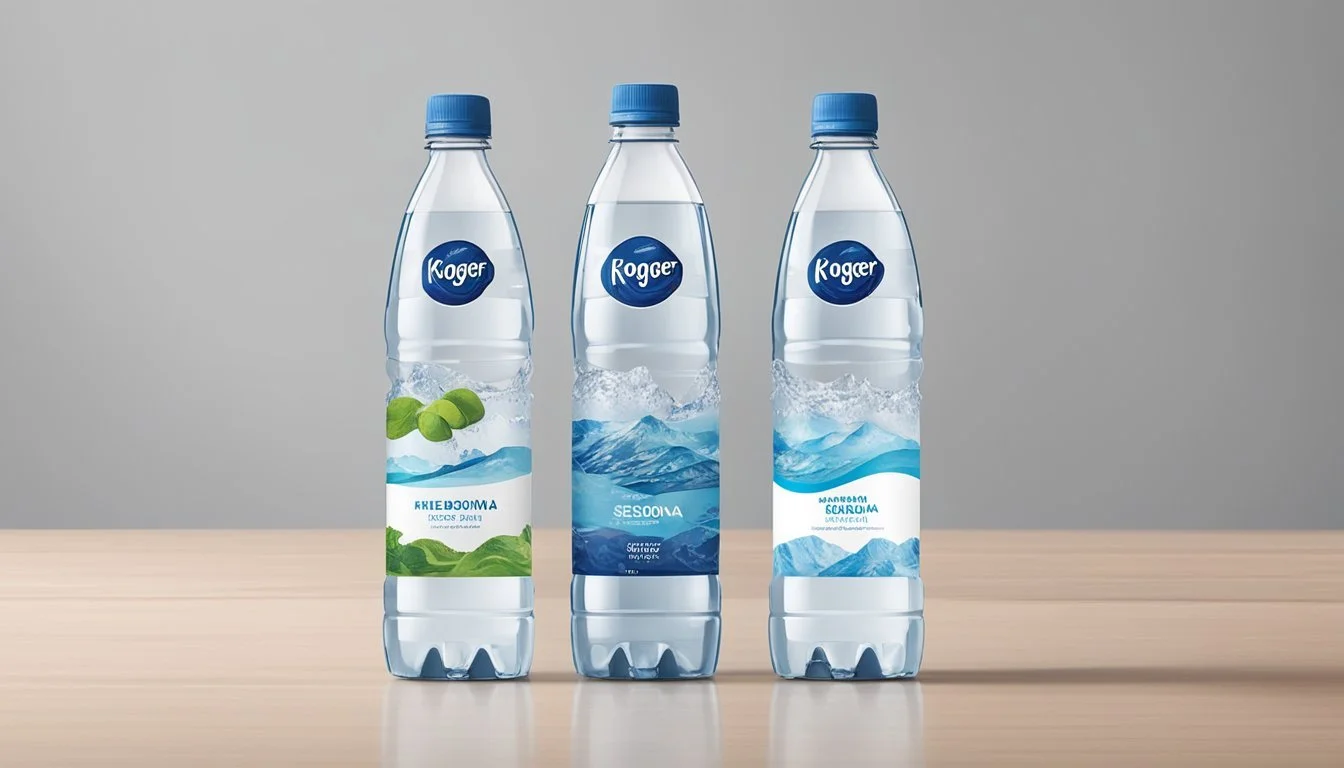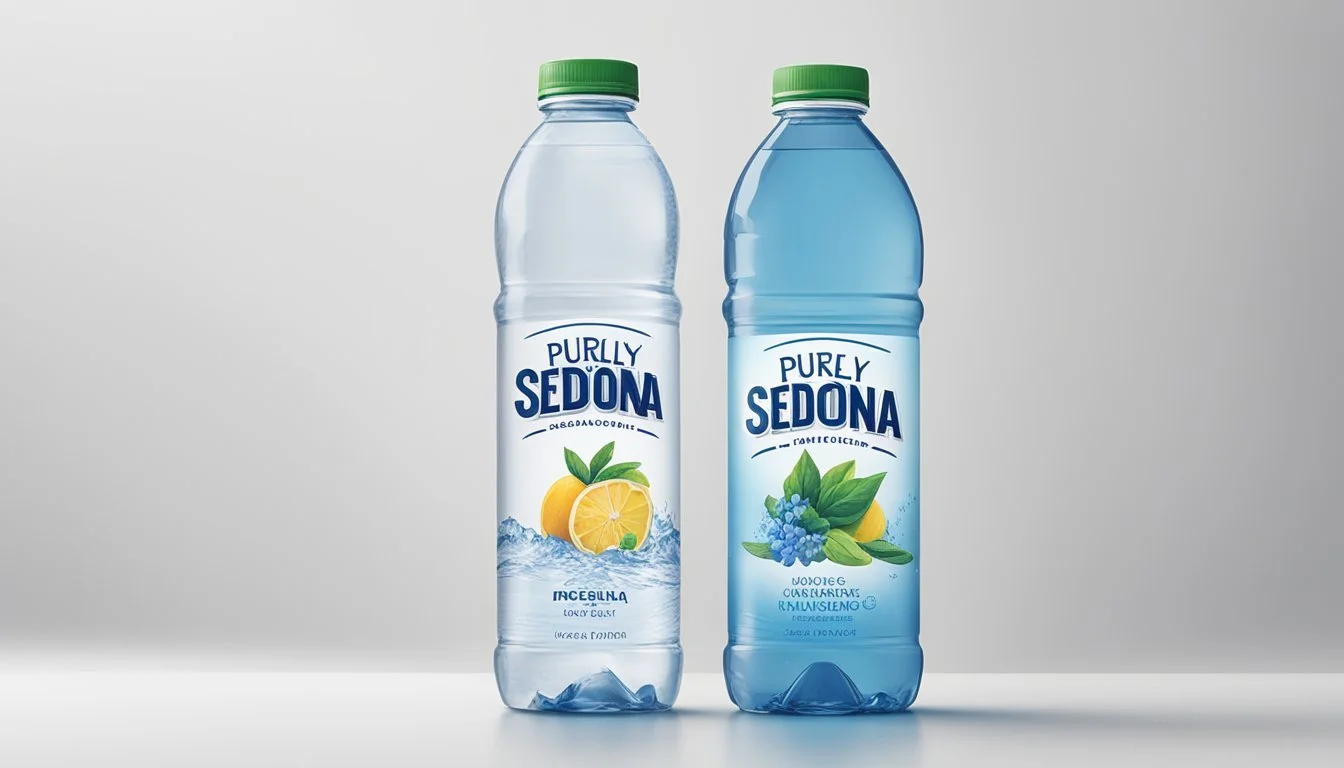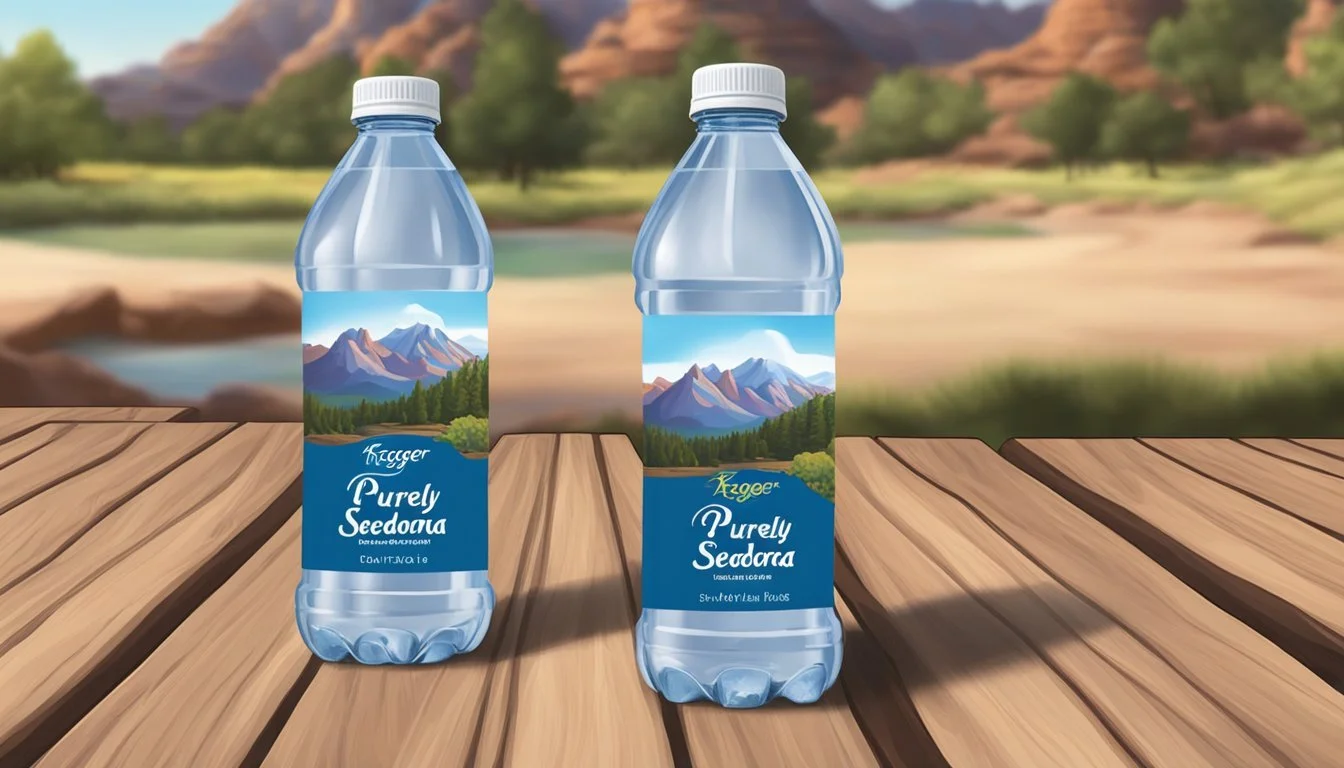Purely Sedona vs. Kroger
Which Bottled Water is Better?
When choosing a bottled water brand, the decision often comes down to quality, health benefits, and safety. Two popular brands on the market are Purely Sedona and Kroger. Both brands claim to offer clean, refreshing water, but they differ in several key aspects.
Purely Sedona is known for its premium quality and adherence to stringent health standards. This brand sources water from pristine natural springs, ensuring a pure, mineral-rich taste. On the other hand, Kroger's bottled water is more widely available and affordable, catering to budget-conscious consumers without compromising safety.
Consumers seeking a premium hydration experience may lean towards Purely Sedona, while those prioritizing cost and convenience might find Kroger to be a suitable choice. Both brands provide safe drinking options, making the final decision dependent on personal preferences and priorities.
Understanding Bottled Water
Bottled water comes in various types, each serving specific needs and preferences. This section provides insights into the classifications and noteworthy brands in the bottled water industry.
Types and Definitions
Spring Water – Derived from natural springs, this type often contains minerals indigenous to its source. Labels such as Evian and Pure Life emphasize the natural origin and mineral content.
Mineral Water – Must contain no less than 250 parts per million total dissolved solids (TDS). Sourced from mineral springs, it is praised for its beneficial minerals. Brands include Fiji and San Pellegrino.
Purified Water – Undergoes processes like reverse osmosis or distillation to remove contaminants, making it extremely pure. Examples include Aquafina and Dasani.
Tap Water – Although frequently overlooked, tap water meets stringent quality standards. Its convenience and cost-effectiveness make it a viable alternative.
Sparkling Water – Carbonated for a fizzy texture, it often adds a refreshing dimension. Popular brands are Perrier and LaCroix.
Insights Into Bottled Water Brands
Pure Life – Widely regarded for its accessibility, Pure Life offers affordable and reliable purified water.
Evian – This spring water brand is famous for its well-balanced mineral content and natural purity, sourced from the French Alps.
Fiji – Known for its distinctive silica content and smooth taste, Fiji water is from an artesian aquifer in Viti Levu, Fiji.
Smartwater – Enhanced with electrolytes for taste, Smartwater uses vapor distillation to produce a very clean water.
Dasani – Produced by Coca-Cola, it includes added minerals to achieve its crisp taste. It’s affordable and readily available.
The array of choices ensures that consumers can find a bottled water type and brand that fits their lifestyle and hydration needs.
Analysis of Purely Sedona and Kroger Water
Both Purely Sedona and Kroger bottled waters are available on the market, each with unique attributes regarding their source, quality, production, taste, and mineral content.
Source and Origin
Purely Sedona is sourced from natural springs in Sedona, Arizona. This water is often marketed for its purity and connection to the local heritage of Sedona. The natural spring source ensures a naturally occurring balance of minerals and other beneficial properties.
Kroger bottled water, on the other hand, is typically sourced from municipal water supplies and then undergoes extensive filtration processes. Kroger ensures the water meets stringent safety standards set by the FDA, but the origin might not be as alluring as the natural springs of Sedona.
Quality and Production
Purely Sedona undergoes specific testing and quality assessments to maintain a high standard of purity. This includes regular quality reports and consumer transparency about the water content. Purely Sedona sparkling versions have been noted to be slightly acidic in nature.
Kroger water is filtered through multiple stages, including reverse osmosis and carbon filtration, to remove contaminants and improve taste. Safety standards are adhered to rigorously, ensuring compliance with all FDA regulations. Kroger’s production focuses on providing safe and affordable drinking water.
Taste Profile and Mineral Content
Purely Sedona offers a unique taste profile due to its natural mineral content, including calcium, magnesium, and potassium. These minerals contribute to the distinct flavor, which some consumers find more refreshing and balanced.
Kroger water, by contrast, tends to have a more neutral taste post-filtration. While it lacks the natural mineral complexity found in spring water, it is designed to be a clean, reliable source of hydration. Concerns about contaminants like BPA and microplastics are addressed through their production process, although the taste might not be as distinctive as Purely Sedona.
The Health Implications of Bottled Water
The choice between Purely Sedona and Kroger bottled water involves considering the health implications of each product. This section examines the nutritional content and safety of these bottled waters, addressing contaminants, and safety standards.
Nutritional Content
Purely Sedona and Kroger bottled water both provide hydration, fundamental for maintaining overall health.
Purely Sedona prides itself on its mineral content, containing calcium, magnesium, and potassium. These minerals support bone health, muscle function, and electrolyte balance. Purely Sedona details its mineral content on the label, allowing consumers to make informed choices.
Kroger bottled water also meets hydration needs but lacks specific information on electrolytes and minerals. It adheres to FDA regulations, ensuring it meets safety and quality standards, but does not emphasize additional health benefits from minerals.
Contaminants and Safety
Both brands need to address concerns regarding contaminants. Consumer concerns over BPA (Bisphenol A) and PFAS (per- and polyfluoroalkyl substances) are prominent.
Many Kroger bottles are BPA-free, reducing risks associated with endocrine disruption. However, generic bottled waters, including Kroger, may still contain trace amounts of microplastics, affecting purity.
Purely Sedona offers assurances of purity through rigorous testing. It portrays a clear effort to eliminate PFAS, heavy metals, and other harmful chemicals. The company sources water to maintain high standards, minimizing contaminants like lead and arsenic.
While both brands aim to offer safe drinking water, Purely Sedona's transparency about its stringent testing presents a compelling case for consumers prioritizing purity and safety.
Environmental and Sustainability Considerations
Environmental and sustainability concerns are crucial when choosing between Purely Sedona and Kroger bottled water. Key aspects include the impact of plastic bottles and the sustainable practices adopted by these brands.
Impact of Plastic Bottles
Plastic waste poses significant challenges for the environment. Purely Sedona and Kroger's bottled waters both utilize plastic packaging. Single-use plastic bottles contribute to landfill waste and ocean pollution.
Plastic used is often recyclable, but low recycling rates exacerbate the problem. Encouraging reusable alternatives, such as glass bottles or stainless steel, can mitigate this issue.
Sustainable Practices
Purely Sedona emphasizes its commitment to environmental sustainability. The brand focuses on eco-friendly packaging and endeavors to reduce its carbon footprint.
Kroger, through its ESG report, outlines various sustainability measures. These include reducing plastic use, increasing recycling efforts, and improving water sourcing techniques to prevent resource depletion.
Implementing these sustainable practices helps both brands signal a more eco-conscious approach, promoting better standards in the bottled water industry.
Regulations and Standards in Bottled Water
Bottled water must adhere to stringent regulations and quality standards to ensure safety and quality. Governing bodies and industry organizations set these standards, and regular quality and safety reports assess compliance.
Government and Industry Regulations
FDA Regulations: The FDA regulates bottled water under the Federal Food, Drug, and Cosmetic Act. This includes strict labeling and quality standards. Bottled water must be free from harmful contaminants, and the manufacturing process must meet safety requirements.
EPA Standards: While the FDA oversees bottled water, the EPA regulates public drinking water. The EPA's standards for contamination levels often influence FDA guidelines, creating a comprehensive approach to water quality.
International Standards: The International Bottled Water Association (IBWA) also plays a crucial role. They have additional standards that members must adhere to, which often go beyond federal requirements. These include best practices in filtration and environmental sustainability.
Quality and Safety Reports
Quality Standards: Bottled water companies are required to conduct regular testing and publish quality reports. These reports include contamination levels, types of filtration processes used, and compliance with FDA and IBWA standards.
Safety Reports: Safety reports focus on potential contaminants such as PFAS, microplastics, and BPA. Testing must demonstrate that water is safe for consumption. Recent findings highlight that many bottled waters are now BPA-free, responding to consumer concerns.
Transparency: Labels on bottled water must accurately reflect the source and treatment method. Consumers are encouraged to check these labels and review publicly available quality and safety reports for transparency. This ensures informed decisions based on validated data.
Consumer Preferences and Perceptions
Consumer choices between Purely Sedona and Kroger bottled water are influenced by distinct factors such as flavor profile, cost, and brand image.
Taste and Water Sommelier Insights
Purely Sedona is renowned for its crisp, refreshing flavor. Many water sommeliers appreciate its distinct mineral profile, which contributes to its clean taste and subtle sweetness. This makes it appealing to those who value premium bottled water with a pronounced flavor.
In contrast, Kroger bottled water is noted for its neutral taste. While it lacks the distinctive characteristics of Purely Sedona, its straightforward flavor appeals to consumers seeking a simple, unembellished hydration experience. Both options offer unique attributes that cater to different taste preferences.
Brand Perception and Choices
The brand perception of Purely Sedona is often linked to its local origins and commitment to quality. Consumers in regions like Sedona may prefer this brand to support local businesses, adding a level of community pride to their purchasing decision.
On the other hand, Kroger bottled water appeals to those who prioritize affordability and convenience. Its wide availability in Kroger stores and budget-friendly pricing make it a popular choice among cost-conscious buyers.
Purely Sedona stands out in the premium bottled water market, whereas Kroger offers a more accessible option. Each brand provides distinct advantages, shaping consumer preferences based on individual priorities and perceptions.
Conclusion and Final Thoughts
Purely Sedona offers a more budget-friendly option, with prices ranging from $1.50 to $3.00 per bottle. This affordability appeals to a broader audience.
Kroger bottled water meets FDA safety and quality standards. Concerns exist over contaminants like microplastics and environmental impact due to plastic waste.
Taste preferences vary greatly and can influence the final choice. Some might prefer Purely Sedona's emphasis on purity and local heritage.
Others may find Kroger's adherence to safety standards reassuring.
Price is also a determining factor. Purely Sedona is cheaper, making it attractive to cost-conscious buyers.
On the other hand, Kroger offers reliability and safety, which could justify a slightly higher price for some consumers.
Deciding between the two brands depends on individual priorities. Price-sensitive buyers might lean towards Purely Sedona, while those focused on safety might prefer Kroger.
Personal preferences in taste and values must also be considered, making the decision subjective.









